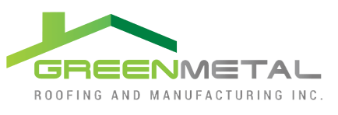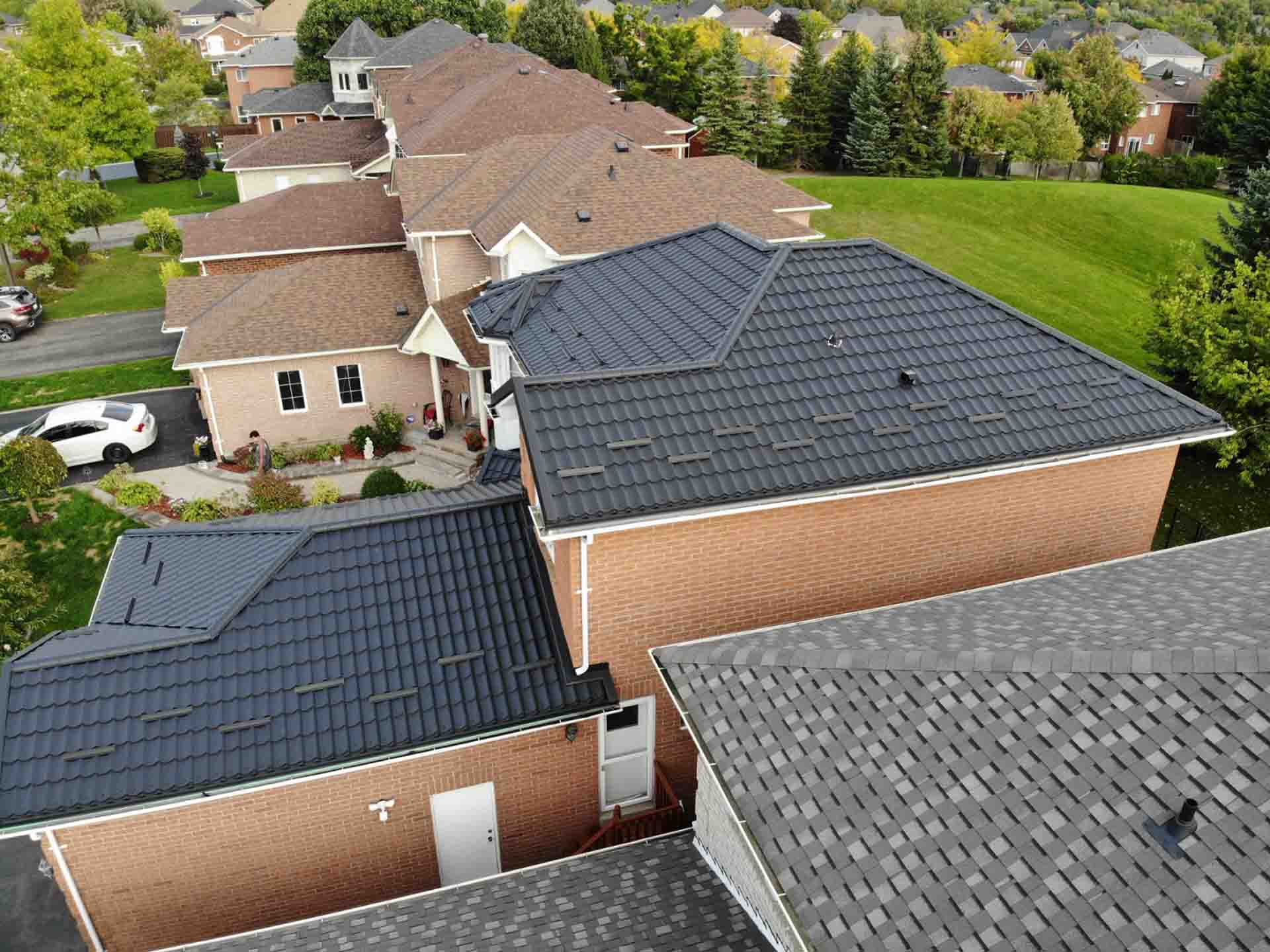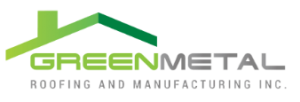Metal roofs have grown in popularity in recent years due to their durability, energy efficiency, and environmental performance. These roofs have a lifespan of 40 to 70 years and are recyclable when they reach the end of their lifespan. They offer tremendous cost-saving potential due to their longevity and energy efficiency. A good roof is one of the finest methods to keep the elements out of your home. It protects against rain, snow, hail, wind, branches, and debris. Even a minor leak can cause major troubles in the home, and an inefficient roof can cause energy performance concerns throughout the house. However, metal roofing can provide a solution that will protect your home and save on energy bills. Metal roofs offer appropriate ventilation, sun reflectivity, insulation, a unique installation, and are solar friendly. All these ways add to a metal roof’s energy efficiency.
1. Ventilation for summer and winter
Metal roofs incorporate a number of ventilation solutions that ensure a more comfortable indoor home and reduce energy waste. Ventilation is important regardless of the building type, whether that is residential or commercial because the heat has a tendency to rise. Warm air will go to the highest point of any structure. If the air is not vented the resulting heat can make it harder to keep the space comfortable in the summer, ice dam formation can occur in the winter, and interior condensation can be an issue. Maintaining the right balance of intake and exhaust is critical to the efficient operation of your metal roof ventilation system. There is a common misconception that if you install some vents in your roof, heat would just escape on its own. However, exhaust vents alone will not encourage the necessary airflow if the system does not also have a sufficient number of intake vents. When it comes to proper metal roof ventilation, balance and flow are crucial in helping you save on energy bills.
Ridge vents are commonly used in all types of roofs but are also utilized in metal roofing. Specific ridge vents for metal roofing allow for significant volumes of warm moist air to exit your home. Along with ridge vents, intake vents are also used in conjunction that allows them to draw in fresh air naturally enabling a more constant and consistent flow of air throughout the entire metal roof system. Metal roofing incorporates appropriate ventilation that allows proper air circulation in your home, ensuring your space is at a comfortable temperature and no energy is wasted.
2. Insulation all year round
Along with being very durable and long-lasting, metal roofing can also be ideal for keeping the necessary cool and warm air from escaping your home. Metal roofing is often paired with a form of insulation that prevents heat transfer. As an added benefit to metal roofing insulation, they also reduce noise from heavy rain, hail, and even extreme winds. Some common insulation paired with metal roofing is fiberglass batts, rigid foam board, and spray foam insulation. Each with its own benefits such as fiberglass batts being a budget-friendly option. Ridge foam boards on the other hand have a much higher R-value when compared with fiberglass batts, they also offer an optimal metal roofing insulation option. Lastly, spray foam insulation is great for filling every nook and cranny ensuring no space is left open for air to escape. Metal roofing paired with specific insulation can ensure proper energy efficiency within your home.
3. Sun reflectivity
There is a common misconception that metal roofing would heat up your home when in direct sunlight when compared to other roofing materials. However, when the sun goes down, the exterior of your metal roof will actually cool off far faster than almost all other roofing materials. Metal roofing will undoubtedly heat up when exposed to direct sunshine, but whether it warms up more or less than other roofing materials depends largely on the color and kind of finish or coating. It is commonly known that lighter colors absorb less heat than darker colors. It should also be noted that, with the exception of specifically built ‘cool roof’ products, similarly colored roof products, regardless of material, absorb heat at nearly the same rate.
Cool metal roofs reflect some of the sun’s energy, lowering building temperatures in hot weather. Cool metal roofs contain coatings that are particularly intended to reflect the energy of the sun. When compared to non-metal roofing materials, a regular prepainted metal roof will not reflect as much energy as a cool metal roof, but it will still provide a rapid cool-down rate and will still reflect more solar radiation than an asphalt roof. After sunset, lightweight roofing materials often lose the most heat and recover to ambient temperature the fastest. In warmer regions, metal roofing becomes the clear victor. Heavier materials, such as slate, concrete, and asphalt, absorb and retain heat. The longer they remain heated, the more heat they may transfer to the building’s interior. Hence for keeping your home cooler in the summer and saving on utility bills, metal roofing is the way to go.
4. Solar friendly
Metal roofing is an ideal roofing solution to pair with solar panels. Since solar panels may be simply put on metal roofs, and in certain cases, connection options that do not penetrate the roof structure are available. This allows solar panels to be easily placed on top of the metal material without worrying about damaging the surface. In addition, the average lifespan of metal roofing outlasts that of the solar panel system resulting in installations that can take place even on existing metal roofs. In contrast, other roofing materials may not be able to withstand the weight of solar panels making them unusable in those instances. The simplicity of installation, increased roof cooling, and long-term durability of the metal roofing underneath your solar panels make solar a straightforward update for your home with several benefits. Since solar panels add renewable energy to your home you have an additional source of power. Using renewable energy reduces your home’s environmental impact, and increases your home’s energy efficiency.
5. Unique installation method
Much of the energy efficiency of metal roofing is determined by how the roof is installed. It has been studied that the mechanism used to attach metal roofing, a batten/counter-batten system, allows for airflow beneath, which reduces heat transfer. Since the roof is not glued directly to the roof deck, the air spaces function as insulation, preventing heat transmission out of the home. In the summer, the air gaps keep the heat of the sun from heating up the rest of the house. It has been evident that metal roofing reduced heat flow resulting in a reduction in cooling costs.
To get the most out of your metal roofing choose to work with a professional roofing company. The benefits of energy efficiency, longevity, durability, and aesthetic appeal can all be attained through professional installation. The installation of metal roofs does not follow the same steps as installing shingles. There are precise techniques, skills, and specific equipment involved in metal roofing installation. If incorrect handling or installation occurs it can likely damage the metal material before it even has a chance to be placed on your roof. Only those with the right experience for a metal roofing project. In addition, metal roofing can last as long as 40-70 years. However, the installation process plays a significant role in how long the roof will last. Proper installation could mean that the roofing system installed may not reach its average lifespan, even with appropriate maintenance.


